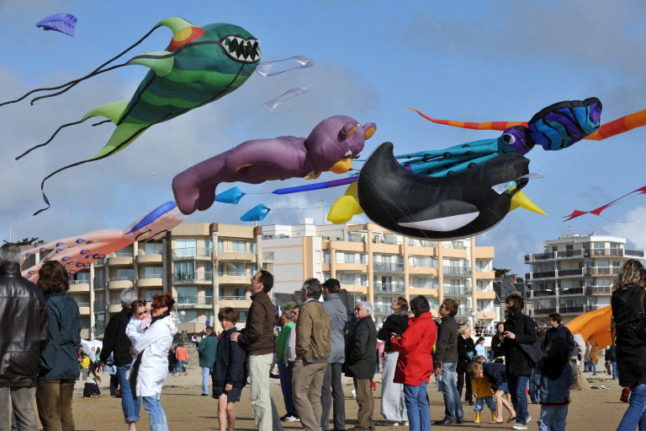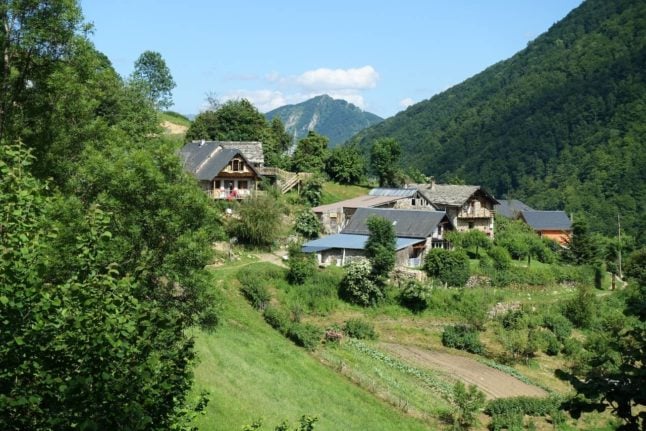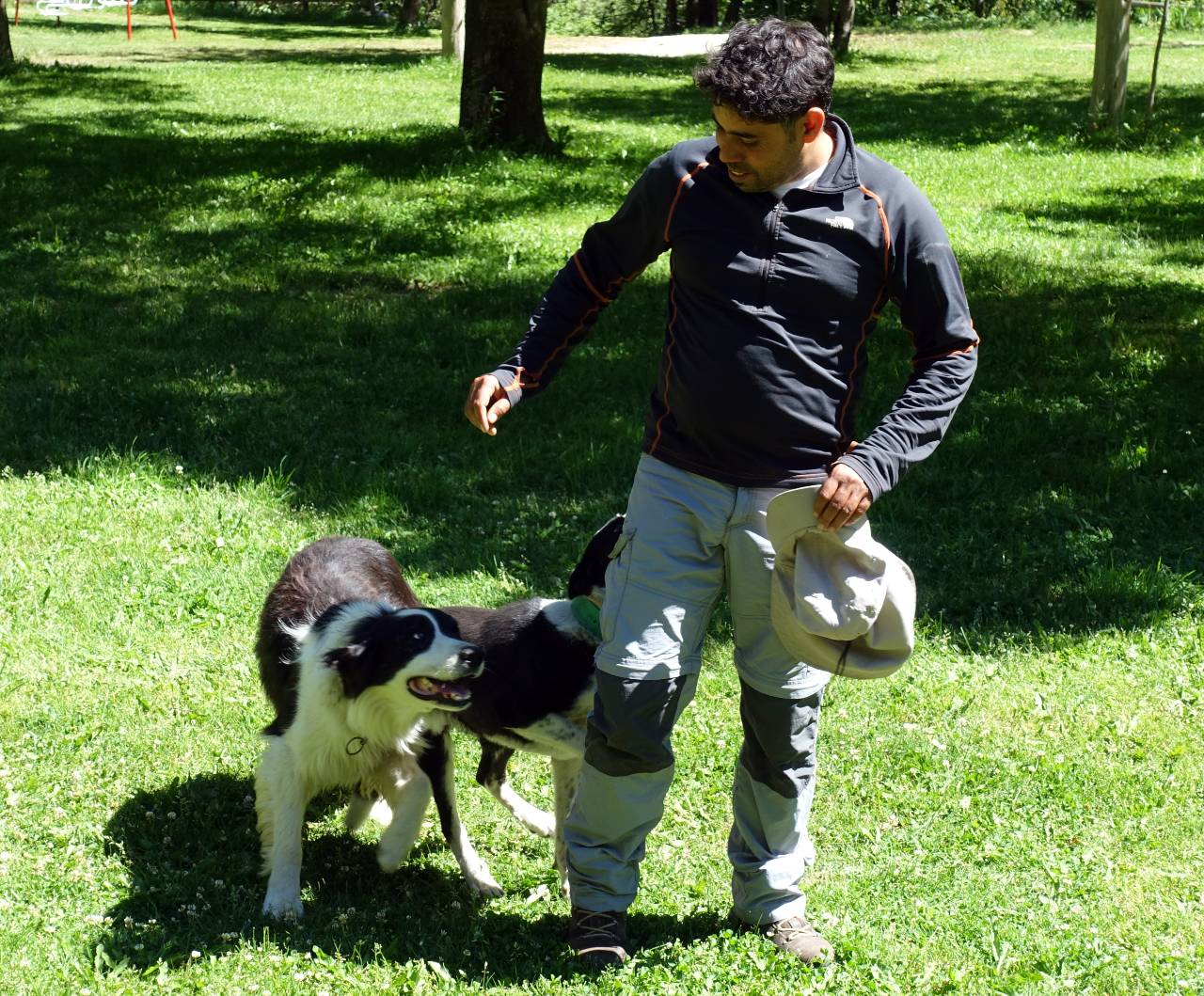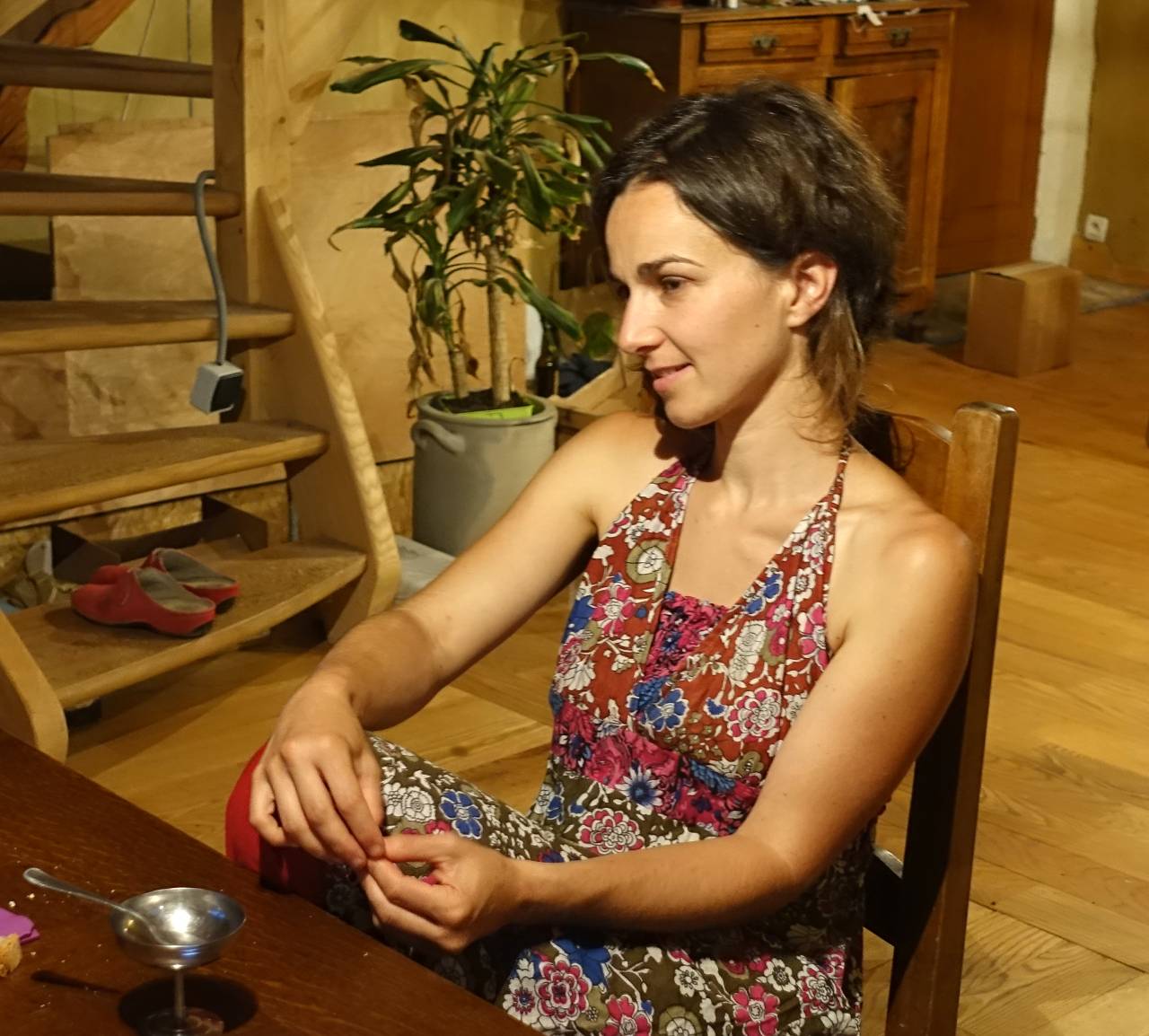The vernal equinox, which is on March 20th this year, is the start of Spring if you listen to astronomers. This year’s equinox, when the sun is directly above the Equator, was at 4.06am (France time) on March 20th. So, that’s when Spring started, astronomically speaking.
However meteorologists would say that spring already started on March 1st. And then there’s phenological Spring, which has no easily fixed date and – confusingly – has 10 seasons, started when you saw the first snowdrops.
Whichever definition you use, Spring is the time of year that France’s festivals start to kick into gear ahead of the big Summer season, which officially starts at the beginning of June. Or around June 21st. Or when the schools break up for the long summer holidays…
Until summer, whenever it starts, here’s our round-up of events, festivals and places to visit this Spring.
Festivals
Foire au Fromage et aux Vins – March 22nd – 25th
What’s not to like about a cheese and wine festival? This one’s in Coulommiers, Seine-et-Marne, heart of the Brie region, and has been toasting two of France’s great gastronomic traditions for more than half a century.
Nearly 400 exhibitors will be showing off their wares at the event, which is free to enter.
Normandie Impressioniste – From March 22nd
This year, it’s the 150th anniversary of the Impressionist art movement, which started in France in 1874. Unsurprisingly, there are numerous exhibitions and events for the sesquicentennial celebrations.
READ ALSO 8 French special exhibitions to mark 150th anniversary of Impressionism
But Normandy – where you’ll find the art-inspiring village of Giverny – is the movement’s spiritual home, so where better to mark the anniversary than by visiting one of numerous events under the Normandie Impressioniste festival banner.
Festival international du cerf-volant et du vent – March 30th – April 1st
Châtelaillon-Plage in the south-west département of Charente-Maritimes is a windswept delight of a beach and every year it hosts a kite and wind festival for three days every year. There are big kites, little kites, competition kites, fighting kites. Plus, kite surfing and kite-building workshops. Basically, kites plus wind plus sand plus sea equals a whole lotta Easter fun.
Foire au Jambon – April 4th – 7th
Bayonne is more famous for its grand annual festival in July, which attracts hundreds of thousands of visitors. But the earlier-in-the-year Foire au Jambon is centuries older.
The Fêtes de Bayonne was founded in 1932 – the Foire au Jambon in 1462. It celebrates every stage of the creation of the famous hams that proudly bear the Basque town’s name. There’s even an omelette and ham competition…
Paris-Roubaix challenge – April 6th
Feeling brave? Any cycling fan aged 18 or over can enter the Paris-Roubaix challenge, which follows the 170km route of the official ‘hell of the North’ race – including the 50km of cobbled road. A long, demanding course that requires adequate equipment, capable of withstanding extreme conditions.
The good news is that two other routes are also available: a circuit of around 70km around Roubaix, including several cobbled sections, and another route of around 140km including the famous cobbles of the Carrefour de l’Arbre crossroads and the Trouée d’Arenberg trench. On second thoughts, that’s still not necessarily good news…
Printemps de Bourges – April 23rd – 28th
You know summer’s well and truly on the way when the outdoor music festivals start popping up on the agenda.
Enter the annual, eclectic Printemps de Bourges in the central French town of Bourges, which this year features Clara Luciani, Béatrice Dalle, Mika, Shaka Ponk – and numerous others.
Journées Romaines – May 3rd – 5th
If you head down to Nîmes in early May, you may think you’ve also travelled back in time roughly 2,000 years as the town’s famous Roman amphitheatre hosts its annual high-octane historical renactment events.
This year’s main events centre on the history of the Barbarians and the Battle of the Teutoburg Forest against the Romans in 9CE.
Nuit des Musées – May 18th
At the time of publication, France’s Ministry of Culture was still busy collating information on which French museums across are taking part in this year’s Europe-wide 20th annual Night at the Museum extravaganza.
Expect, however, temporary exhibitions, themed guided visits, musical entertainment, lectures, concerts, food tasting, historical reconstructions and re-enactments, and film projections. Check out the website nearer the time for full details.
Cannes International Film Festival – May 14th – 25th
There’s likely to be a distinctly European flavour to the 77th glamour-fest that is Cannes this year, after the writers’ and actors’ strikes in America pushed back production on a number of films.
Film talk in the south of France this year is expected to focus on – among others, obviously – Jacques Audiard’s musical melodrama Emilia Perez, starring Zoe Saldana and Selena Gomez; Ali Abbasi’s Donald Trump movie The Apprentice, starring Sebastian Stan and Jeremy Strong; and David Cronenberg’s The Shrouds, which features Vincent Cassel and Diane Kruger.
Étonnants Voyageurs – May 18th – 20th
Bookworms, bibliophiles, readers, lend us your ears… Head to delightful Saint-Malo in May for the Étonnants Voyageurs festival of books and film.
And a few places to visit
You don’t need to wait for a festival to make a trip, France has a few destinations that are particularly special in the spring.
Giverny
No one needs an excuse to visit Giverny, Normandy, where father of impressionism Claude Monet lived and painted his glorious works of art for 43 years. The gardens open to visitors from April 1st, so you can wander through the beautiful gardens and maybe you’ll be inspired to create your own masterpieces? Booking in advance is highly recommended, even out of the peak season.
Western isles
The three islands off France’s west coast – Île de Ré, Île d’Oléron and Île de Noirmoutier – are very popular with French tourists in the summer months, but they’re also great to visit in spring. Slightly less busy, you’ll still find places open to sample the islands’ famous seafood and wines, or take a walk or cycle around the coast. All three are accessible by car via bridges or causeways from the mainland.
READ ALSO 3 of our favourite French islands
Carcassonne
The historic city in south-west France is a UNESCO world heritage site and can get very busy in the summer, so why not visit in the spring? Fewer people means more space in those beautiful winding mediaeval streets but you’ll still find plenty of bars and restaurants open. The area’s culinary speciality – cassoulet – is best sampled in the cooler temperatures, which is another reason to go now.
Hunspach
Voted the ‘favourite village of the French’ in 2020, Hunspach is in Alsace, in the Bas-Rhin area. Its architecture consists of traditional, half-timbered 18th and 19th century farm houses. It is not far from the Vosges Regional Park. which is a great place to go hiking or simply enjoy some of France’s most beautiful forests.
Le Puy
You may not think of France as the land of volcanoes, but between Clermont-Ferrand and Valence, there are hundreds of them, though they are no longer active. The youngest are part of the Chaine des Puys – a set of 80 ancient volcanoes. You can start your trip by visiting the ‘Parc naturel régional des Volcans d’Auvergne’ or you might consider staying overnight at the town Le Puy. This town is known as the gateway to the Santiago de Compostela pilgrimage trail, and it is home to the chapel of St-Michel d’Aiguilhe which is perched on volcanic rock and dates back to the 10th century.





 Please whitelist us to continue reading.
Please whitelist us to continue reading.
I’ve been a resident of multi-disciplinary artists’ colonies and of writers’ colonies, in the U.S. (I’m a professional writer.) I’m coming up empty for any such in France, but maybe my search terms are off. ANY suggestions welcome… Merci !